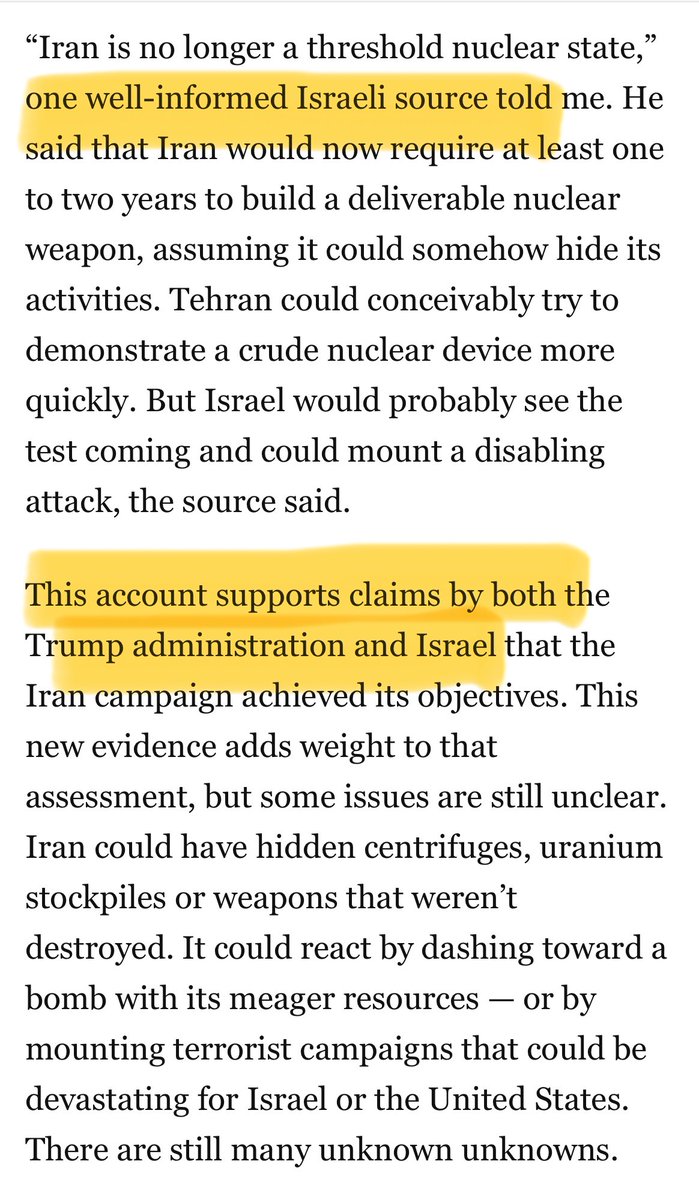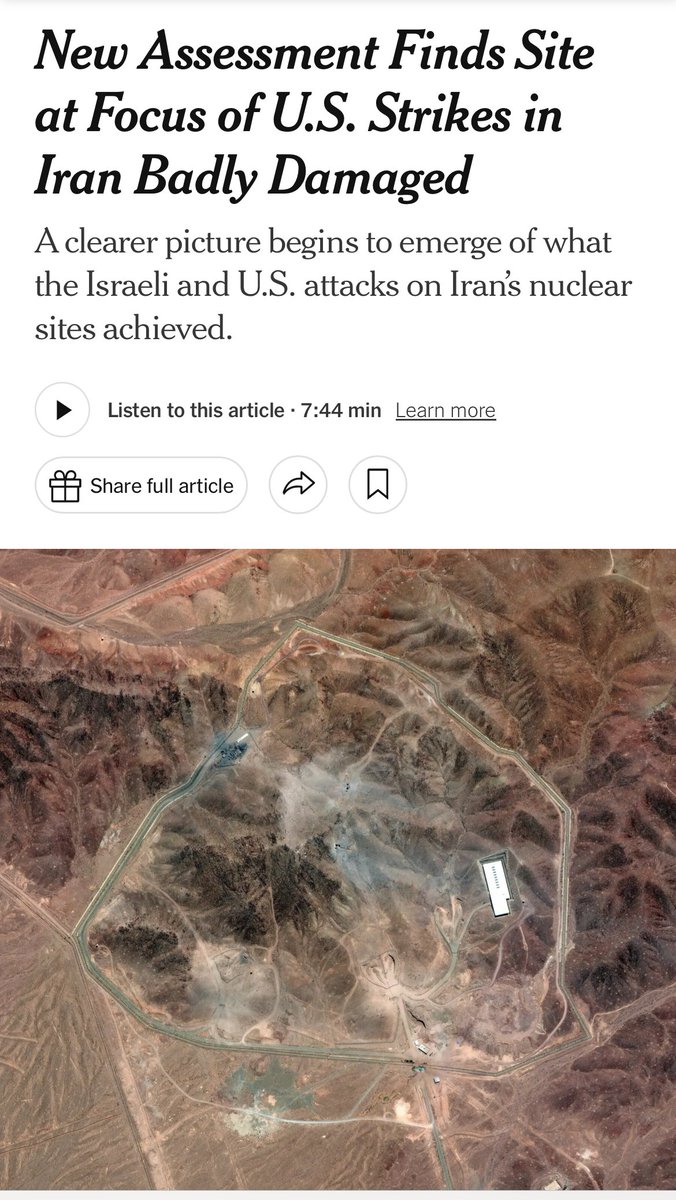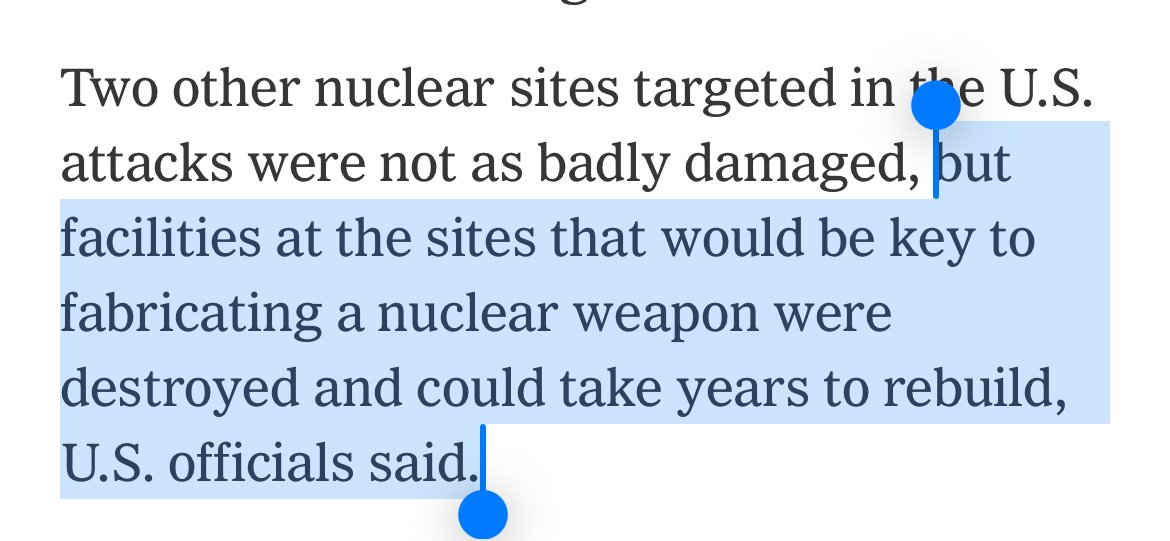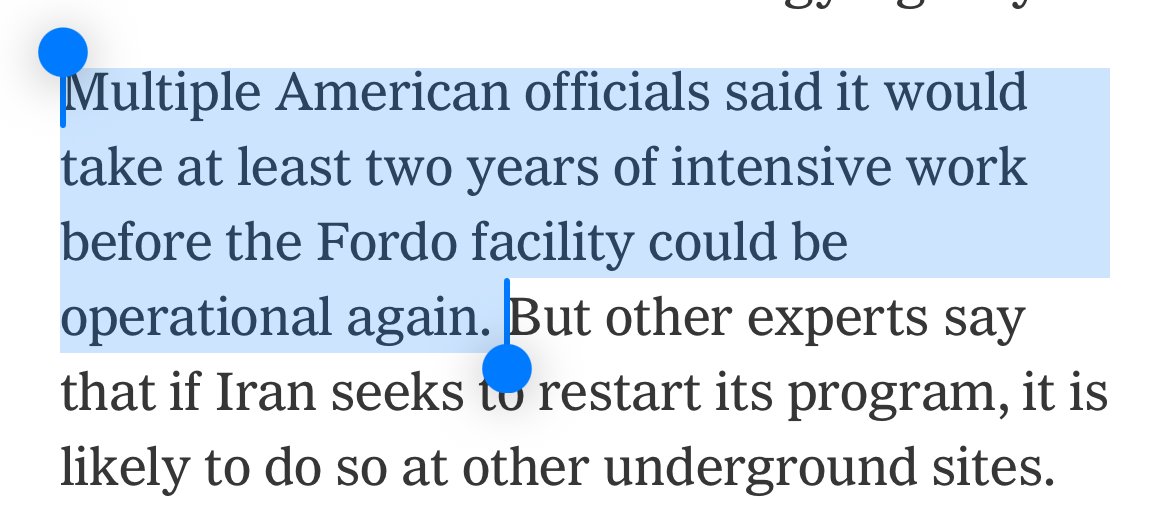THREAD. @USArmsControl just gave an interview to @ElenaChernenko on the U.S. position re future arms control.
@baklitskiy has a useful summary thread. I want to highlight four things that caught my eye. (1/n)
@baklitskiy has a useful summary thread. I want to highlight four things that caught my eye. (1/n)
https://twitter.com/baklitskiy/status/1307719429552246785?s=20
NB The interview is in Russian and I'm using Google translate, so caveat reader. (2/n)
translate.google.com/translate?sl=r…
translate.google.com/translate?sl=r…
1. Overall, @USArmsControl is laying out a position for the extension for New START that Russia could never accept. It's clear, as it has been for months, that the United States is trying to kill New START. (3/n)
2. @USArmsControl implies unambiguously that Russia has nuclear weapons in Kaliningrad. No idea whether this is right--but can't remember a U.S. official saying this before. (4/n) 

Background: Russia has recently renovated nuclear warhead storage facilities in the enclave. But it's unclear from public information whether Moscow stores warheads in them or wants the ability to move warheads to them at short notice. (5/n)
fas.org/blogs/security…
fas.org/blogs/security…
3. @USArmsControl threatens that, if New START is not extended, the U.S. will modify delivery systems converted under the treaty so they can, once again, be used to deliver nuclear warheads. (6/n) 

This threat has always been hovering beneath the surface, but I can't remember its being made explicitly until now. (7/n)
4. In discussing a limits on all warheads (including nonstrategic ones), @USArmsControl appears to rule out inspections of warhead storage sites (though translation is messy).
Yet, he also criticizes New START verification regime for being inadequate!
¯\_(ツ)_/¯
(8/8)

Yet, he also criticizes New START verification regime for being inadequate!
¯\_(ツ)_/¯
(8/8)


• • •
Missing some Tweet in this thread? You can try to
force a refresh
















